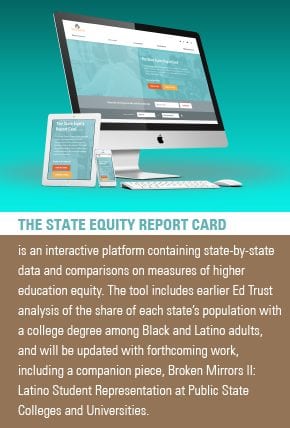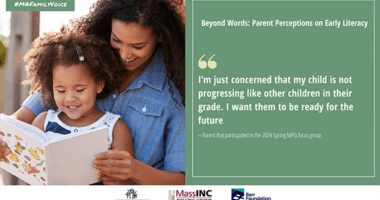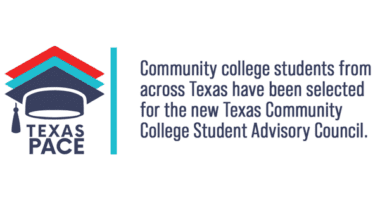Does Black Representation in Public Colleges & Universities Mirror the State’s Black Population?
In Too Many States the Answer Is No, According to New Ed Trust Research
WASHINGTON — With few exceptions, public colleges and universities are enrolling and graduating too few Black students when compared with their state’s Black population, according to new research by The Education Trust. The report and interactive data tool provide a comprehensive look at the extent to which Black students are underrepresented in public higher education institutions and shine a spotlight on the share of college degrees awarded to Black students on a state-by-state basis at both two-year and four-year public colleges and universities. The data suggests, across the board, state leaders aren’t making the needed investments in their Black residents, leaving out a significant contributor to their state’s economic future.
The clearest path to the middle class is paved by higher education: Nearly all “good jobs” after the Great Recession went to people with a bachelor’s degree; and by next year, two-thirds of jobs will require at least some college. Yet, less than half of Americans (43 percent) have a college degree. Among African Americans (more than 12 percent of the U.S. population) less than a third hold a college degree despite nearly 80 percent of Black students aspiring to earn one. With three out of four undergraduates attending public colleges and universities, these taxpayer-supported institutions have a critical role to play to ensure higher education serves as an engine of opportunity and social mobility among Black Americans, and not an engine of inequality, say the report’s authors.

“Most people measure success in higher education by the number of students enrolled,” said Oliver Schak, senior research and policy analyst and co-author of the report. “However, not only do most states have a lot of work to do to enroll enough Black students to mirror the population, but in terms of the return on investment in college for both students and states, it’s all about completion. What our research shows is that even in the places where college enrollment looks relatively diverse, Black students are not receiving their fair share of college degrees, especially at the bachelor’s degree level.”
For Broken Mirrors: Black Student Representation at Public State Colleges and Universities, Ed Trust analyzed publicly available Census and federal higher education data to determine how well Black residents are represented in public two-year and four-year colleges and universities. Key findings show:
- Nearly all states have severe underrepresentation of Black graduates among associate and bachelor’s degree earners. Only three of 41 states we examined had an equitable share of Black bachelor’s degree earners compared to the state’s demographics. Wisconsin, Hawaii, Michigan, Nebraska, South Carolina, Kansas, Ohio, and California would need to more than double the number of Black students earning bachelor’s degrees to match their state’s demographics.
- Black students are especially underrepresented at four-year public colleges and universities. In 37 of the 41 states examined, Black students are underrepresented on public four-year college campuses. Wisconsin would need to almost triple their enrollment of Black students at public four-year institutions to reflect the state’s demographics. Nine of the 10 states with the largest disparities in Black and White populations enrolled in the most selective public universities are in the South (AL, AR, FL, GA, MS, NC, SC, TX, and VA.)
- The vast majority of states fail to provide Black college students with the same access to selective public four-year institutions as their White peers. About three in four states have gaps in the enrollment of Black and White students at public four-year selective institutions — the public colleges and universities with the most resources and best alumni connections. In roughly half of states, Black students at four-year institutions were 15 percentage points less likely to attend selective institutions as their White peers. Nine of the 10 states with the largest disparities in Black and White populations enrolled in the most selective public universities are in the South (AL, AR, FL, GA, MS, NC, SC, TX, and VA).
“From a moral perspective, it’s important that all adults, regardless of race, have access to the employment opportunities, higher wages, and job security that a college degree affords,” said Andrew H. Nichols, Ph.D., Ed Trust’s senior director of higher education research and data analytics and the report’s lead author. “There is no justifiable reason for public colleges and universities to exclude Black students from entering college campuses or failing to support them so they fall out of college with loads of debt but no degree. States will not meet their education and workforce goals, or their economic growth targets, if they continue to exclude Black students from public higher education.”
Earlier work from Georgetown University’s Center on Education and the Workforce and the Race and Equity Center at the University of Southern California aptly revealed the underrepresentation of Black students in public colleges and universities. Ed Trust’s new report goes further with new benchmarks that serve as minimum targets for state leaders who seek to improve representation of Black students and degree earners. The report shows that nearly every state’s four-year colleges and universities significantly under-enroll Black students. Perhaps even more consequential, Ed Trust demonstrates that nearly all states fail to award to Black graduates the number of associate and bachelor’s degrees that reflect their demographics.
Broken Mirrors concludes with actionable questions for leaders in states to ask as part of a statewide review of educational equity. The answers to those questions — from whether Black residents have access to adequately and equitably resourced K-12 schools, to how public colleges and universities are recruiting and supporting Black students through to completion — should inform a playbook for state leaders to take action and ensure Black residents have a fair chance to earn a college degree, and to ensure states have a good chance to sustain a thriving, high-skill economy given the growing diversity of the U.S. population.
“In every state, policymakers, higher education leaders, and all education stakeholders — from civil rights activists to members of the business community — need to take a hard look at these numbers, figure out why African Americans are being shut out of the opportunities that higher education affords, and do their part to accelerate the movement toward educational justice,” Nichols said.
###









